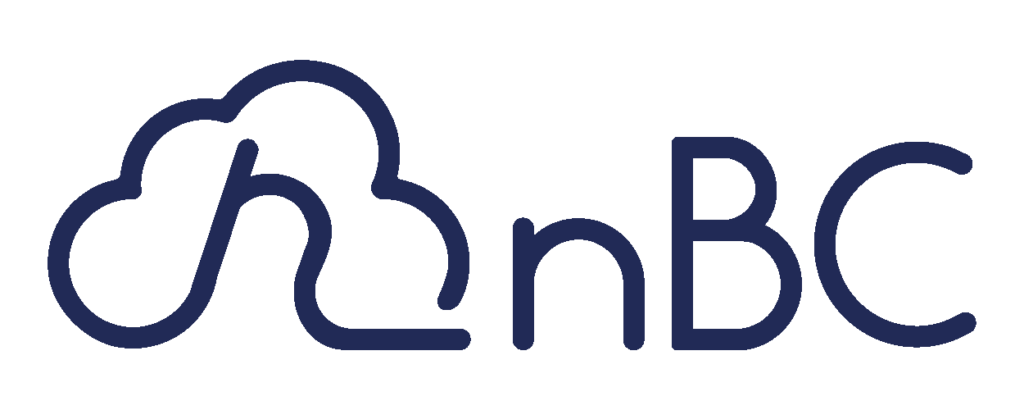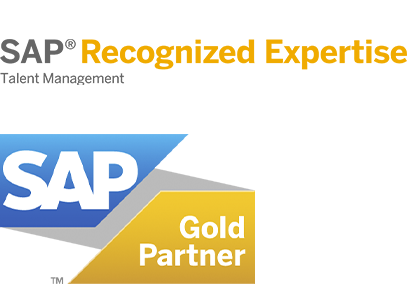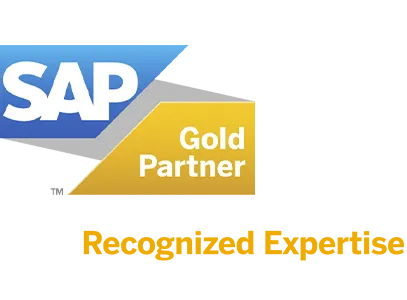
We share with you the experience of a study of architects north koreans who will bring us tips valuable to keep in mind.
As the crisis of Covid-19 enters its third year and there is a variant of Omicronorganizations around the world are looking at how, when and even if their knowledge workers will resume regular office hours. And they do so in a time in which the opinions and priorities of their employees have changed. A recent study by McKinsey showed that the well-being, lflexibility and the balance between work and life they are the most important. A survey conducted by Microsoft in the past year indicated that 41% of the global workforce would consider changing jobs in the next year, and 55 % said that the work environment play a role in their decisions.
During this context, in 2020 the study NBBJ is met with the challenge of designing the new headquarters of the company fintech Korean Hana Bank during the same period in which the pandemic is forcing business leaders to rethink the purpose of the office. But the process, and the resulting building, was not a reaction to the Covid. Rather, the crisis highlighted and accelerated the trends that had been bubbling under the surface for years, including a greater focus on the mental health and security of employees, the needs of a multigenerational workforce, a greater emphasis on the purpose corporate and the shift to remote work.
The pandemic has increased the stakes for companies looking to retain employees and to build cultures prosperous. These are some of the principles that we employ and the lessons learned from the project, Hana Bank, as well as our recommendations on how organizations can implement changes to small and large scale to attract people back to work in person.
1. Ask what is the space and give it the corresponding name.
It may sound simple, but the naming matter. For knowledge workers, the office should not be a place to address a to-do list. It is a place for collaboration, creativity and learning, where an employee feels nourished and with a sense of belonging. The names of buildings, floors, areas or rooms should reflect this intention. Terms such as "learning center" or "innovation space" communicate the new perspective, give way to the design changes, attract talent and influence on the behavior.
Hana Bank calls its new headquarters "Mindmark" to recognize the creative work that is carried out in your interior. The technology companies leading-edge as Facebook and Google have a "campus" for the same reason; they want their engineers to experience just as they did when they were students. Even UPS has recently changed the name of the building its corporate headquarters, Plaza Casey Hall, according to the executive director Carol Take this article from HBR to emphasize a environment more warm, welcoming, and collaborative.
2. Listen to what your employees want and need
Think of the Covid as a catalyst for talking about what the best employees want from their work places, even if you can't run all the ideas. For most organizations, to return to the status quo will not be an option. People will expect more flexibility, better technology, and incentives to come to the local offto, and the companies should heed the call.
Salesforce, for example, reduced the space of your desktop in a 40 % and adopted a floor plan that presents more spaces focused on the computer that foster a balance between individual work and collaborative. The headquarters of Hana Bank adapts to various working modes, including the type of individual work with the head down that occurs in a desktop, flexible seating for when people need a break from their desks, collaborative spaces that encourage interaction focused on the computer and lounges for socializing. . This combination of experiences promotes the agency of workers at the same time that it provides a structure.
3. Experience within your own organization
Some companies will create a new headquarters back to the pandemic. But the most you can design a office environment more thoughtful. To begin to explore ideas for their own organization, our recommendation is to start slowly. Re-use of conference rooms, investing in a new artboard or renew a floor instead of a whole building. You can also incorporate multimedia technology to bring people together and give new life to your office.
The new headquarters of WarnerMedia presents a media experience that is immersive, which incorporates contents of the vast universe of networks for the company to create a sense of brand identity, and community. Many companies have also invested in technology meetings hybrid smart. Also, look for opportunities for multiple uses. For example, the ramps winding interior/exterior that extend from the bottom to the top of the building Hana Bank can be used for individual meetings to walk, exercise individually or breaks social in nature and the fresh air. Finally, make sure to focus on safety and sustainability following the guidelines of healthy building.
4. Activate partnerships based on knowledge
For knowledge workers more young people, the office is both a place to learn and socialize as a place to meet deadlines. Nearly 60% of Millennials report that the opportunities to discover new knowledge are extremely important to them when applying for a job, and also can stay longer at a company if they are involved in social causes. Smart companies make this happen by partnering with outside organizations to provide such programming.
Activities such as yoga or meditation, community service or continuing education are a good place to start. Even small initiatives like a work pendant of local artists or students on rotation, collections of canned food in the lobby or food trucks emerging outside can boost the sense of purpose of the employees. Gravity, a mixed-use development in Ohio, which houses an office building creative large scale in addition to residences, employs a curator of services from full-time to search for partners and programs that nurture the curiosity and develop a community.
In conclusion
Trends in the workplace that is accelerated and the preferences of the employees that crystallized during the pandemic isn't going away. We urge corporations to take advantage of this time to think about how they can improve the work environments in a way that increases the engagement and well-being of the employees, thus encouraging the assistance, increasing the retention and attracting new talent. Now is the time to act.
Source: https://www.comunidad-rh.com/





































































































































































































































































